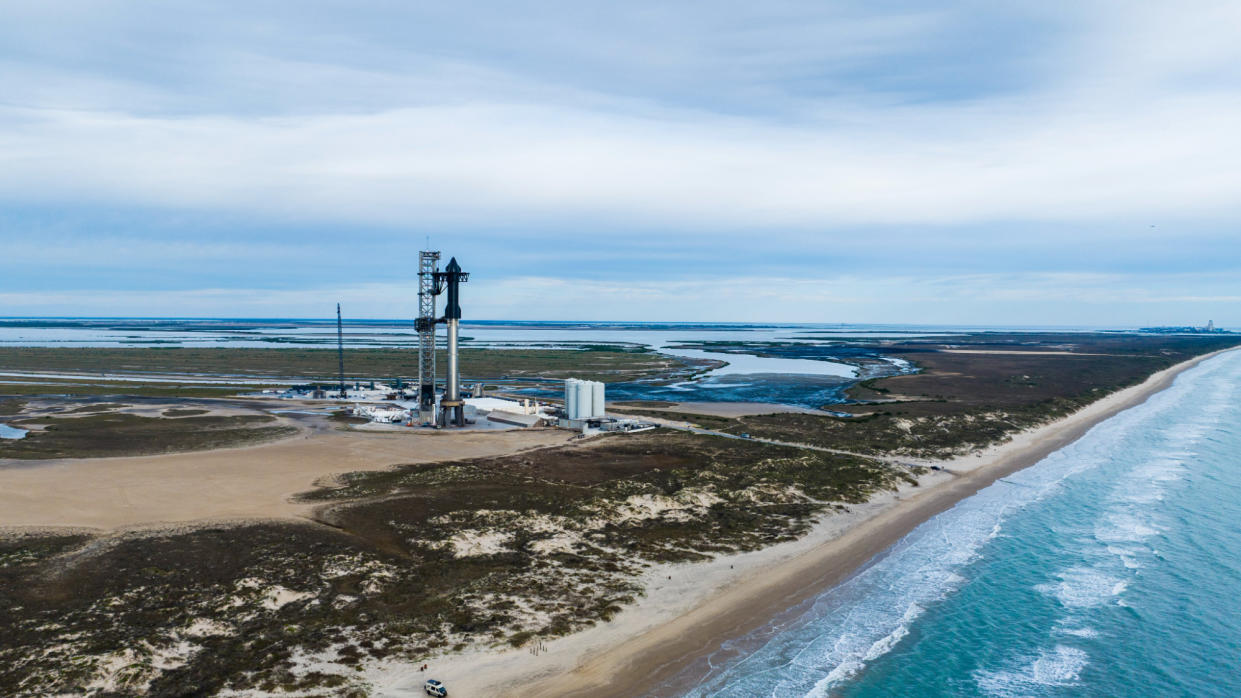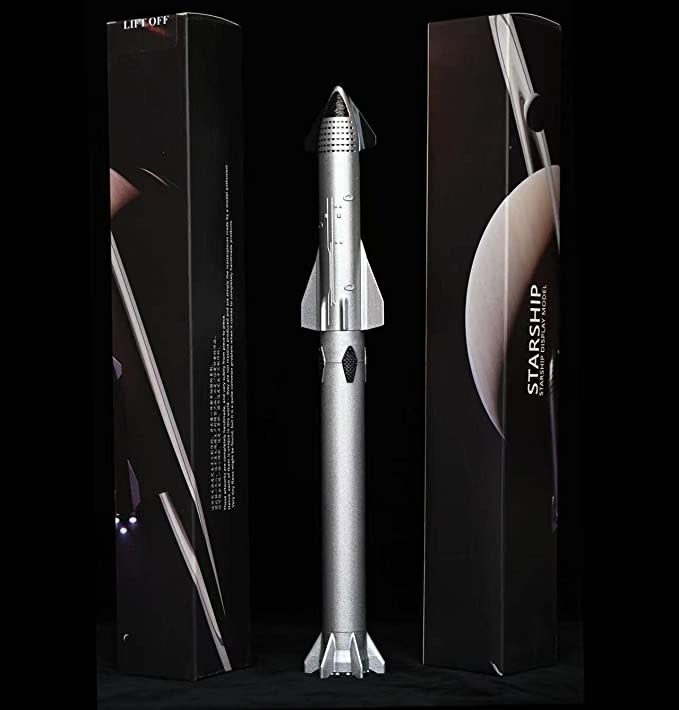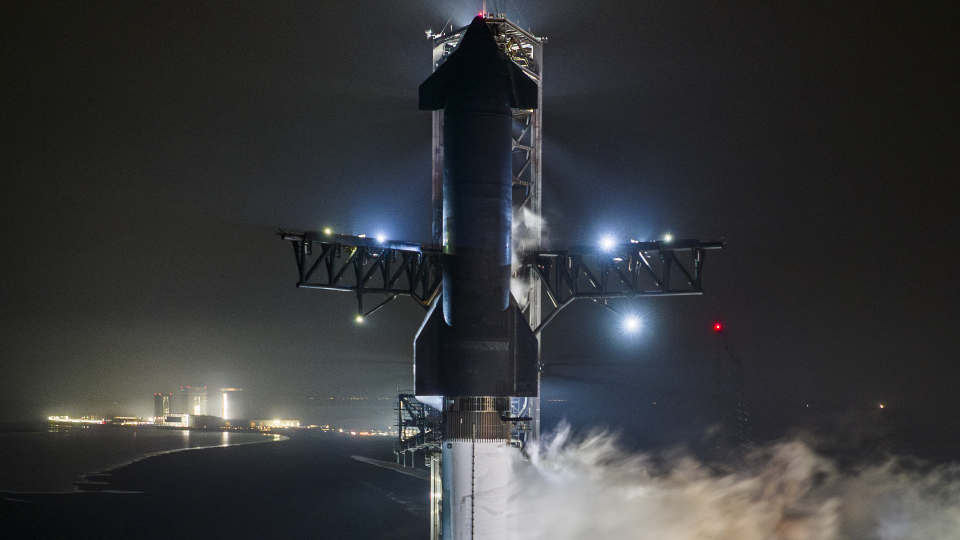SpaceX to push the envelope on 3rd Starship test flight

SpaceX will put its Starship megarocket through its paces on its third test flight.
The upcoming mission, which could launch as soon as March 14, will be markedly different than its two predecessors, with more numerous and more ambitious objectives for the two-stage, 400-foot-tall (122 meters) Starship.
Among the bold goals are "opening and closing Starship's payload door, a propellant transfer demonstration during the upper stage's coast phase, the first ever re-light of a Raptor engine while in space and a controlled reentry of Starship," SpaceX wrote in a mission description.
"It will also fly a new trajectory, with Starship targeted to splash down in the Indian Ocean," the company added. "This new flight path enables us to attempt new techniques like in-space engine burns while maximizing public safety."
Related: SpaceX fuels up massive Starship megarocket in test for 3rd launch (photos)

Starship Die Cast Rocket Model Was $69.99 Now $47.99 at Amazon.
If you can't see SpaceX's Starship in person, you can score a model of your own. Standing at 13.77 inches (35 cm), this is a 1:375 ratio of SpaceX's Starship as a desktop model. The materials here are alloy steel and it weighs just 225g.
Note: Stock is low so you'll have to act quickly to get this. View Deal
SpaceX is developing Starship to help humanity settle the moon and Mars, as well as perform a variety of other exploration feats. The stainless-steel vehicle — the biggest and most powerful rocket ever built — is designed to be fully and rapidly reusable.
Starship has flown two test missions to date, both of them from SpaceX's Starbase site in South Texas. Both aimed to send the upper stage most of the way around Earth, with splashdown targeted for the Pacific Ocean near Hawaii. But that didn't happen on either occasion.
On the first flight, in April 2023, Starship's two stages failed to separate as planned, and the vehicle was intentionally detonated about four minutes after launch.
Starship performed much better on the second flight, which launched in November 2023. The vehicle achieved a nominal first-stage engine burn, and its two stages separated on schedule. The upper stage exploded about eight minutes after launch during a venting of liquid oxygen, but that likely wouldn't have happened on an operational flight, according to SpaceX founder and CEO Elon Musk.
"We normally wouldn't have that liquid oxygen if we had a payload," Musk said in a company update that SpaceX posted on X on Jan. 12. "So, ironically, if it had had a payload, it would have reached orbit."

RELATED STORIES:
— SpaceX rolls giant Starship rocket to launch pad ahead of 3rd test flight (photos)
— SpaceX Starship docking system readies for moon missions in tests with NASA
— Astronauts won't walk on the moon until 2026 after NASA delays next 2 Artemis missions
SpaceX is targeting March 14 for the third test flight, but that date is far from set in stone, as the company notes in the mission description.
The U.S. Federal Aviation Administration recently wrapped up its investigation into what happened on the November Starship flight, but the agency still has not awarded a license for the third launch, as far as we know.

